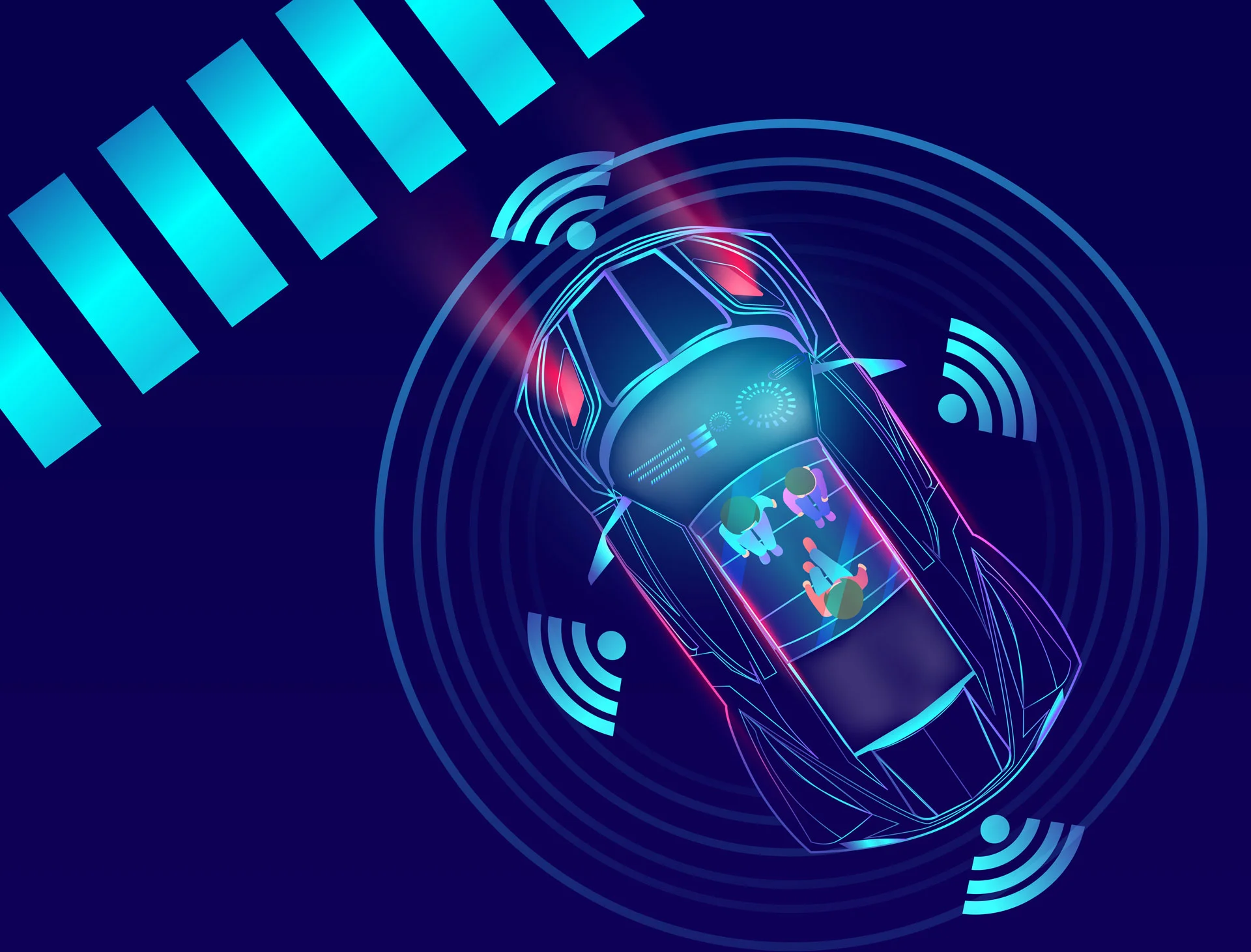Description
Introduction of Autonomous Vehicles
Edge IoT technology plays a crucial role in the development and deployment of autonomous vehicles, enhancing their capabilities in real-time data processing, decision-making, and overall system efficiency. This course explores how Edge IoT is revolutionizing the transportation sector by enabling autonomous vehicles to operate more effectively, safely, and efficiently. Participants will learn about the integration of Edge IoT with autonomous vehicle systems, the benefits and challenges of this technology, and best practices for implementing Edge IoT solutions in transportation.
Prerequisites
- Basic understanding of IoT and Edge Computing concepts
- Familiarity with autonomous vehicle technology and systems
- Knowledge of data processing, communication protocols, and sensor technologies
- Experience with programming and system integration (optional)
Table of Contents
1. Introduction to Edge IoT in Autonomous Vehicles
1.1 Overview of Edge IoT and its significance in autonomous vehicles
1.2 Key components of autonomous vehicle systems: Sensors, processors, and communication modules
1.3 Benefits of Edge IoT for real-time processing and decision-making
1.4 Case studies: Early adopters of Edge IoT in autonomous vehicle applications
2. Architecture of Autonomous Vehicle Systems
2.1 Core architecture of autonomous vehicles: Sensors, control units, and connectivity
2.2 Role of Edge IoT in processing and analyzing data from vehicle sensors
2.3 Integration of Edge computing with vehicle control systems
2.4 Designing for low latency and high reliability in autonomous systems
2.5 Case study: Architecture of an autonomous vehicle’s Edge computing system
3. Real-Time Data Processing and Decision-Making
3.1 Techniques for real-time data processing at the edge
3.2 Handling sensor data: Lidar, radar, cameras, and GPS
3.3 Implementing real-time analytics for vehicle navigation and decision-making
3.4 Managing data fusion and sensor integration for autonomous operation
3.5 Case study: Real-time decision-making in autonomous driving scenarios
4. Connectivity and Communication in Autonomous Vehicles
4.1 Communication protocols and standards for autonomous vehicles (e.g., V2X)
4.2 Managing vehicle-to-vehicle (V2V) and vehicle-to-infrastructure (V2I) communications
4.3 Ensuring reliable and secure communication channels at the edge
4.4 Techniques for reducing latency and improving communication efficiency
4.5 Case study: Communication strategies in an autonomous vehicle fleet
5. Safety and Security Considerations
5.1 Ensuring safety in autonomous vehicle operations: Edge computing and fail-safes
5.2 Implementing security measures to protect data and systems
5.3 Addressing cybersecurity challenges in autonomous vehicle networks(Ref: Master in Trend Micro – Cybersecurity solutions)
5.4 Best practices for safeguarding Edge IoT systems in transportation
5.5 Case study: Security protocols in a commercial autonomous vehicle system
6. Edge IoT and Autonomous Vehicle Integration Challenges
6.1 Technical challenges in integrating Edge IoT with autonomous vehicles
6.2 Addressing issues of interoperability, scalability, and system integration
6.3 Strategies for managing and troubleshooting Edge IoT deployments in vehicles
6.4 Future-proofing Edge IoT systems for evolving vehicle technologies
6.5 Case study: Overcoming integration challenges in autonomous vehicle projects
7. Emerging Trends and Innovations
7.1 Latest advancements in Edge IoT and autonomous vehicle technology
7.2 Innovations in sensor technology, AI, and machine learning for autonomous driving
7.3 The role of 5G and edge AI in enhancing autonomous vehicle performance
7.4 Exploring future developments and trends in autonomous transportation
7.5 Case study: Cutting-edge technologies in next-generation autonomous vehicles
8. Hands-on Lab and Final Project
8.1 Setting up and configuring Edge IoT environments for autonomous vehicles
8.2 Developing and deploying real-time data processing and decision-making solutions
8.3 Integrating Edge IoT with autonomous vehicle systems and communication networks
8.4 Designing a project: Implementing an Edge IoT solution for a specific autonomous vehicle application (e.g., smart navigation, fleet management)
8.5 Final project presentations, group discussions, and Q&A
This course provides participants with the comprehensive knowledge and skills needed to leverage Edge IoT in the development and optimization of autonomous vehicles, paving the way for innovations in transportation technology and enhancing the future of mobility.







Reviews
There are no reviews yet.